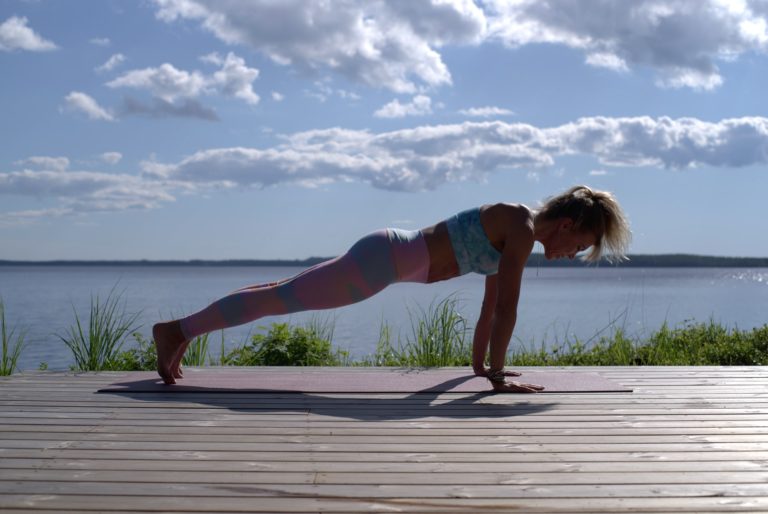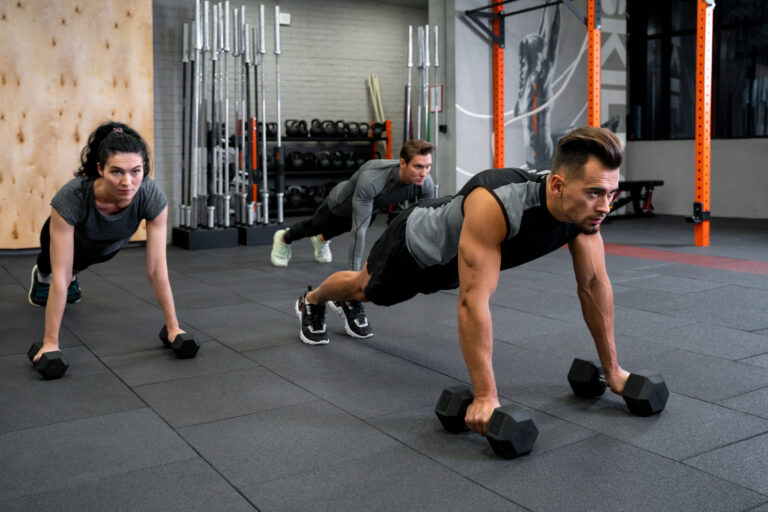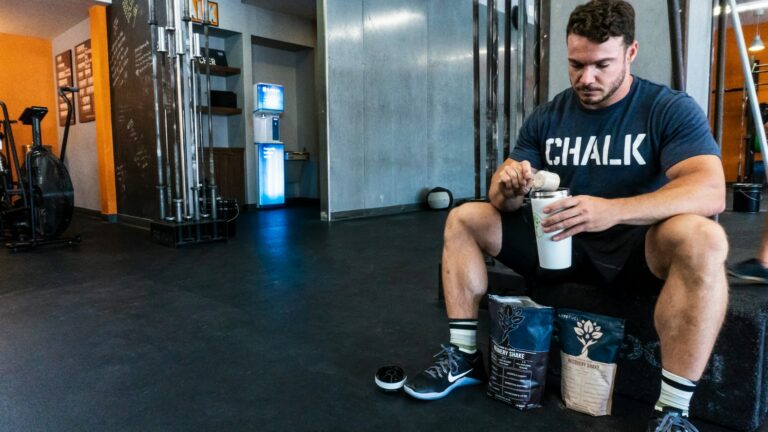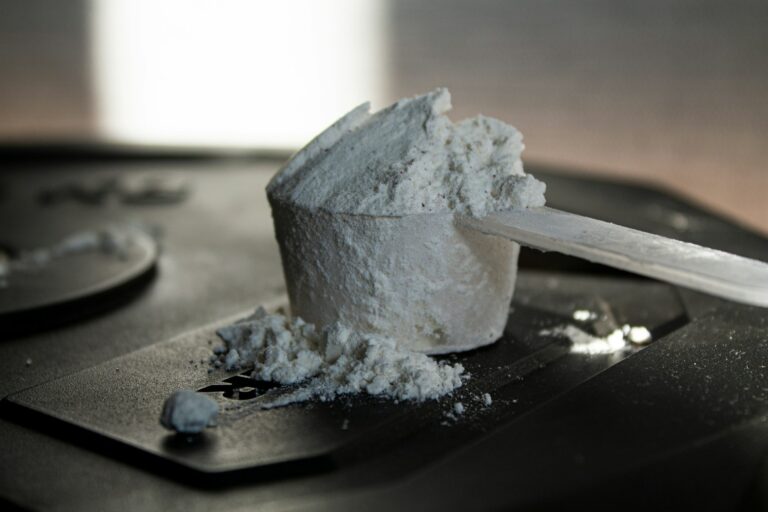Breaking Plateaus: Tips for Progressing in Your Leg Training
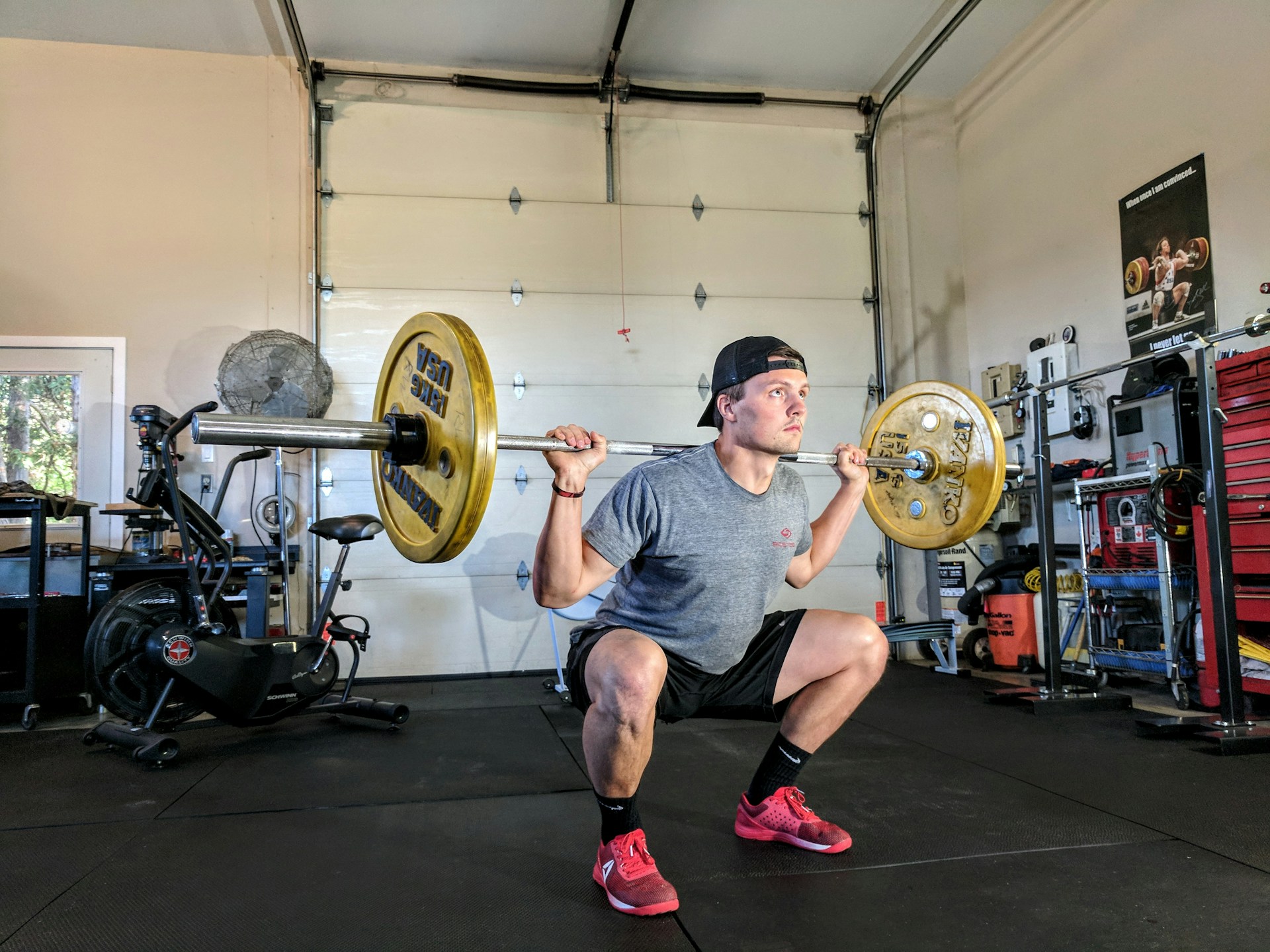
- Should You Train To Muscle Failure Every Set? What You Need To Know - March 4, 2025
- Nutrition in a Hurry: Top Post-Workout Snacks for Active People - February 20, 2025
- 15 Healthy Meal Prep Recipes: Your Weight Loss Made Easy - February 18, 2025
Ready to take your leg day to the next level? In “Breaking Plateaus: Tips for Progressing in Your Leg Training,” you’ll discover practical strategies to push past those frustrating fitness plateaus. Whether you’re aiming to increase your strength, improve your endurance, or sculpt your legs, the tips in this article will guide you toward achieving your goals. Dive in and learn how to elevate your leg workouts, ensuring you keep progressing and avoid stagnation. Your journey to stronger, more powerful legs starts here! Have you ever felt like you’re not making any progress despite putting in the effort at the gym? Whether you are trying to reach new personal records or enhance your leg strength and endurance, hitting a plateau can be incredibly frustrating. But don’t worry! We’re here to help with some friendly advice on how to keep making gains and breaking through those plateaus in your leg training.
Understanding Plateaus in Leg Training
Leg plateaus occur when you stop seeing improvements in strength, muscle mass, endurance, or performance despite continuing a consistent workout routine. It’s common, and there are several reasons why it might happen, ranging from physical to mental barriers. Recognizing the signs is the first step toward overcoming plateaus.
Physical Signs of a Leg Plateau
When you hit a leg plateau, you may notice:
- Stagnant Strength: You can’t lift heavier weights even after several weeks.
- No Visible Muscle Growth: Your legs look the same size despite rigorous workouts.
- Decreasing Endurance: You become more fatigued during leg exercises.
Mental Signs of a Leg Plateau
It’s not just your body that can hit a wall but your mind too. Look out for these indicators:
- Loss of Motivation: You no longer feel excited about your leg day.
- Increased Frustration: Getting easily frustrated or discouraged when results don’t come.
- Fear of Failure: Avoiding challenges or new exercises for fear they won’t work.
Why Plateaus Happen
Plateaus can result from a variety of factors, including:
- Adaptation: Your muscles get used to your routine, leading to a decrease in effectiveness.
- Overtraining: Insufficient recovery results in muscle fatigue and hindered growth.
- Improper Nutrition: Lack of essential nutrients can stall muscle development.
- Mental Burnout: Loss of focus and motivation impacts workout performance.
Setting the Stage for Progress: Planning and Preparation
Getting past a plateau starts before you even touch a weight. It requires a sound plan involving goal setting, tracking progress, and mental preparation.
Define Clear, Attainable Goals
Goals help keep you motivated and provide a roadmap of your progress. Follow the SMART criteria when setting your leg training goals:
- Specific: Target specific aspects like squatting a certain weight or running a certain distance.
- Measurable: Use numbers to quantify your goals, such as adding 5 lbs to your squat each week.
- Achievable: Aim for realistic improvements based on your current fitness level.
- Relevant: Ensure goals are important and relevant to overall fitness aspirations.
- Time-bound: Set deadlines to achieve your goals, creating a sense of urgency.
Track Your Progress
Keeping a log of your workouts helps you stay on track and see your progress over time. Record details like:
- Exercises Performed: List the specific leg exercises you did.
- Sets and Reps: Record how many sets and repetitions for each exercise.
- Weights Used: Note the amount of weight you lifted.
- Duration of Workout: How long each session lasted.
- How You Felt: Document your energy levels and mood post-workout.
Mental Preparation: Visualization and Affirmations
Before hitting the gym, consider engaging in mental exercises like visualization and affirmations. Visualizing successful workouts can enhance your performance. Positive affirmations help reinforce your confidence and determination.
Proven Techniques to Break Through Leg Training Plateaus
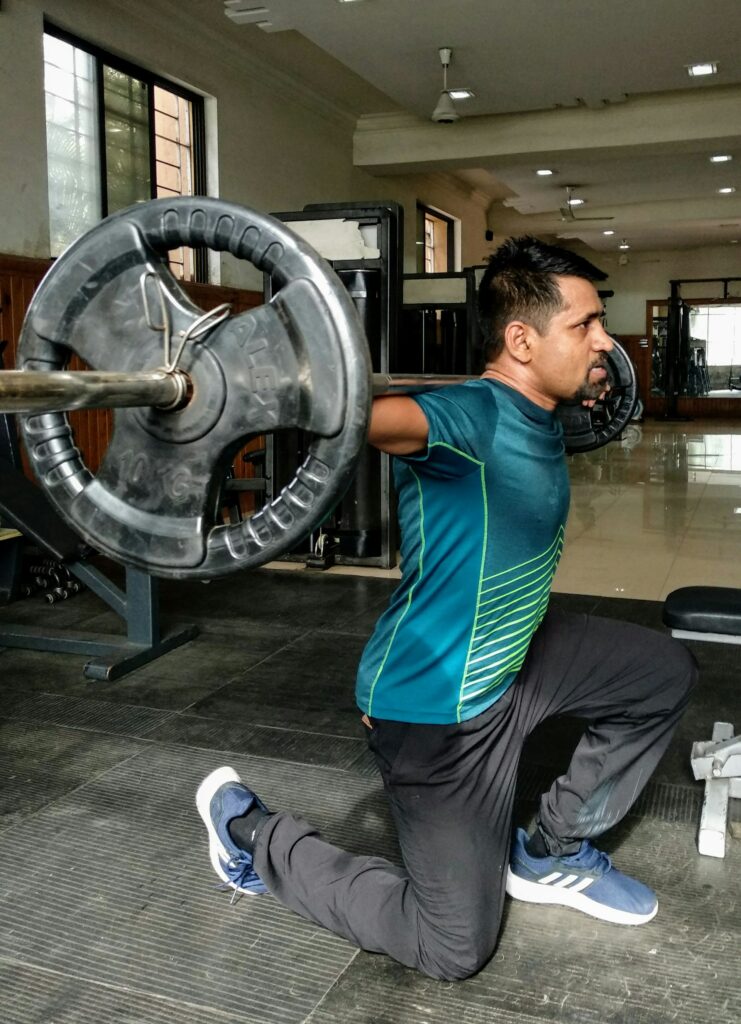
It’s time to discuss specific methods to help you overcome those stubborn plateaus and resume making gains.
Change Up Your Routine
Variety is key to muscle growth. Changing your workout routine prevents your muscles from adapting to the same exercises. Incorporate new exercises, adjust the number of sets and reps, and try different training methods.
Incorporate Compound Movements
Compound movements work multiple muscle groups simultaneously, pushing your legs harder and promoting overall strength development. Examples of compound movements include:
- Squats: Engage your quadriceps, hamstrings, glutes, and calves.
- Deadlifts: Target your entire posterior chain.
- Lunges: Work the quads, hamstrings, glutes, and calves.
Use Isolation Exercises
While compound movements are essential, isolations can help target specific, smaller muscle groups. Examples include:
- Leg Curls: Focus on the hamstrings.
- Leg Extensions: Target the quadriceps.
- Calf Raises: Strengthen the calf muscles.
Alter Volume and Intensity
Adjusting the volume (sets and reps) and intensity (weight) can shock your muscles into new growth.
The 5×5 Training Method
This method involves performing 5 sets of 5 reps with a challenging weight, focusing on compound movements. It’s simple and effective for strength gains.
| Exercise | Sets | Reps |
|---|---|---|
| Squats | 5 | 5 |
| Deadlifts | 5 | 5 |
| Lunges | 5 | 5 |
High-Intensity Interval Training (HIIT)
HIIT incorporates short, intense bursts of exercise followed by rest. For example, sprints or jump squats maximally fatigue your muscles in a short period.
Implement Advanced Lifting Techniques
Advanced techniques can optimize training efficiency and effectiveness, stimulating further growth.
Drop Sets
After reaching muscle failure at a specific weight, drop the weight (around 20-30%) and continue the exercise until failure again. This method ensures complete muscle fatigue.
Supersets
Perform two exercises back-to-back with minimal rest. This not only saves time but increases muscle endurance. For example:
- Superset squats with leg press.
- Superset leg curls with calf raises.
Progressive Overload
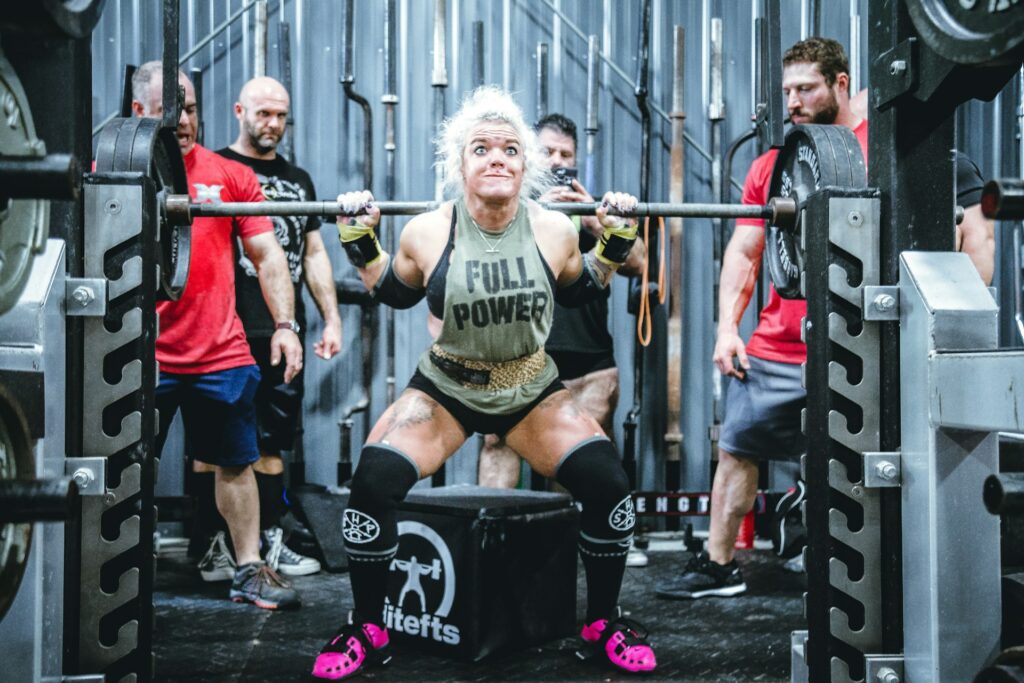
Continuously challenge your muscles by gradually increasing weight, volume, or intensity over time. The principle of progressive overload is fundamental to muscle growth and strength development.
Focus on Recovery
Your muscles need adequate recovery to grow and become stronger. Neglecting recovery will lead to overtraining and hinder your progress.
Prioritize Rest Days
Ensure you have at least one or two rest days within your weekly routine to avoid fatigue and muscle strain. Rest days are crucial for muscle recovery and rebuilding.
Implement Active Recovery
On rest days, engage in low-impact activities to promote blood flow and reduce muscle stiffness. Activities like walking, swimming, or yoga can significantly aid recovery.
Optimize Sleep and Nutrition
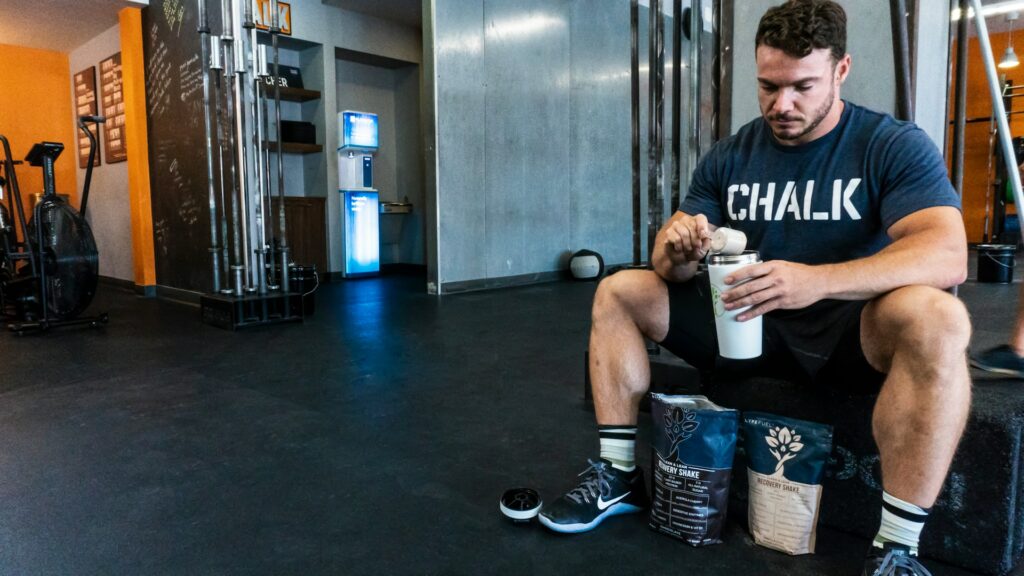
Quality sleep and a balanced diet are pillars of muscle recovery. Aim for 7-9 hours of sleep per night and focus on a diet rich in protein, carbohydrates, and healthy fats. Consider the following nutrients to support your muscle growth:
| Nutrient | Importance | Food Sources |
|---|---|---|
| Protein | Muscle repair and growth | Chicken, fish, beans, lentils |
| Carbohydrates | Energy for workouts | Whole grains, fruits, vegetables |
| Healthy Fats | Hormonal balance and energy storage | Avocado, nuts, olive oil |
| Vitamins & Minerals | Overall health and muscle function | Leafy greens, dairy, nuts |
Seek Guidance
Sometimes, a fresh perspective can help you identify what’s holding you back and how to overcome it.
Hire a Personal Trainer
A certified personal trainer can assess your current workouts, provide new ideas, and correct any form issues. Personalized guidance is a great way to break through plateaus.
Join a Fitness Community
Joining a fitness community or group classes can provide added motivation and support. Sharing experiences and challenges with others can boost your morale and keep you committed.
Building Mental Resilience
Your mindset plays an essential role in overcoming plateaus. Building mental resilience can keep you motivated through tough times.
Adopt a Positive Mindset
Stay optimistic and believe in your capabilities. Whenever you face setbacks, remind yourself of past achievements and stay focused on your goals.
Set Short-term Milestones
Breaking your overall goal into smaller, achievable milestones can make progress feel more attainable. Celebrate each milestone to keep up your motivation and reinforce positive behavior.
Practice Meditation and Mindfulness
Meditation and mindfulness can reduce stress, enhance focus, and maintain your mental well-being. Dedicate some time daily to practice these techniques to stay centered and calm.
Reflection and Adjustment: Continuous Improvement
Reflecting on your progress and making necessary adjustments keeps you moving forward.
Regularly Assess Your Goals
Periodically revisiting your goals ensures they remain relevant and achievable. Adjust your goals as necessary to align with your current fitness level and aspirations.
Fine-Tune Your Routine
Based on your progress and feedback, make minor adjustments to your workout routine consistently. Optimization is an ongoing process, and staying adaptable yields better results.
Listen to Your Body
Your body provides valuable feedback. Pay attention to signs of overtraining, fatigue, and discomfort. Responding promptly allows you to prevent injuries and optimize your training regime.
Conclusion
Breaking through a leg training plateau requires a balanced approach involving varying your workout routine, optimizing recovery, seeking guidance, and building mental resilience. Embrace these strategies with positivity and perseverance. Remember, progress is a journey, and every step you take brings you closer to your goals. With the right mindset and tools, you’ll be back on track to making significant gains and achieving the results you desire.
We hope these tips help you reach new heights in your leg training. Keep pushing forward, and don’t let plateaus hold you back from becoming the strongest version of yourself!
Table of Contents


